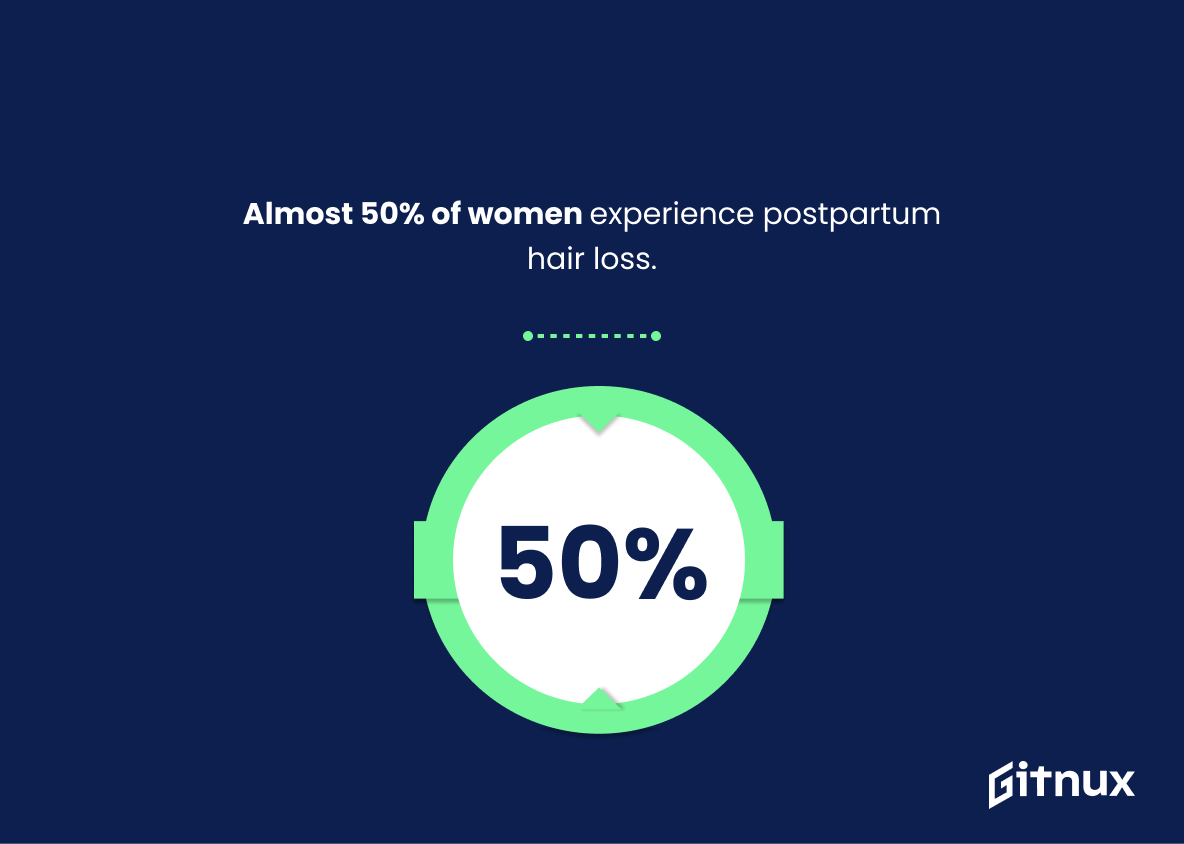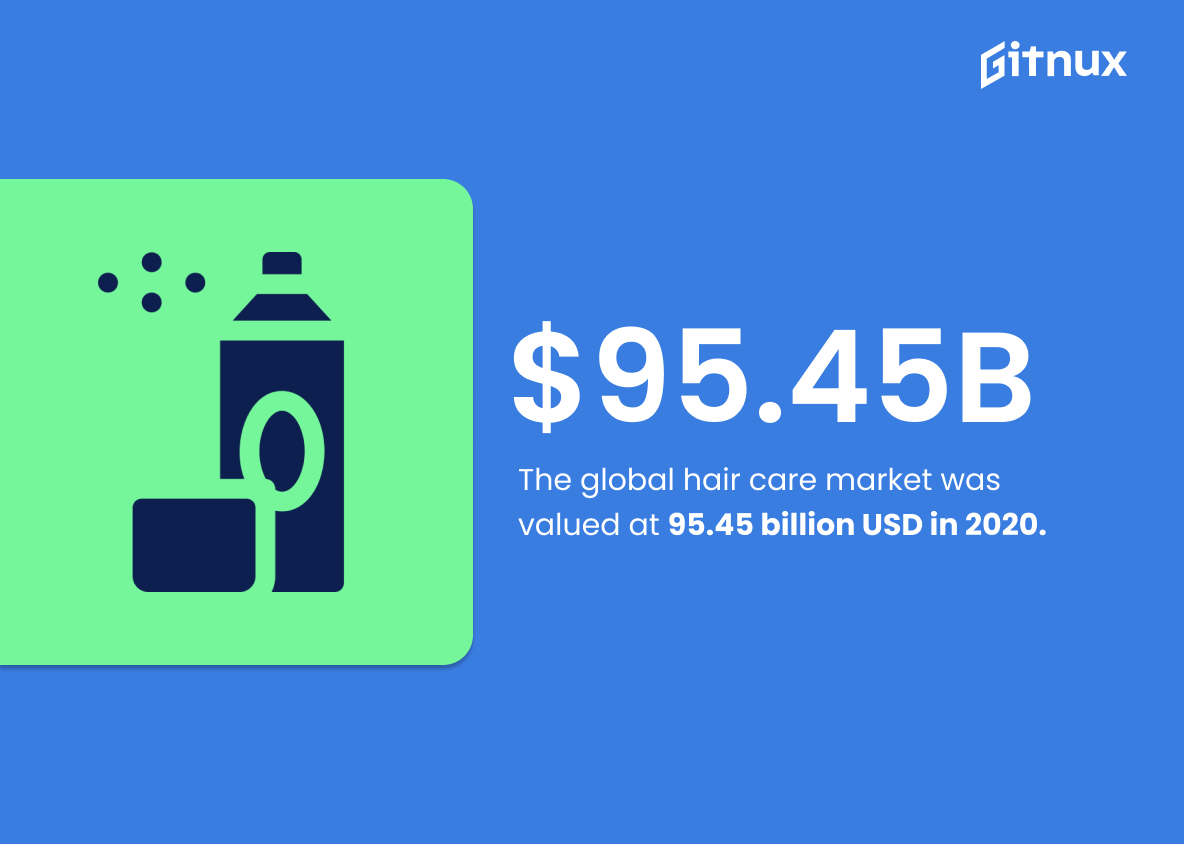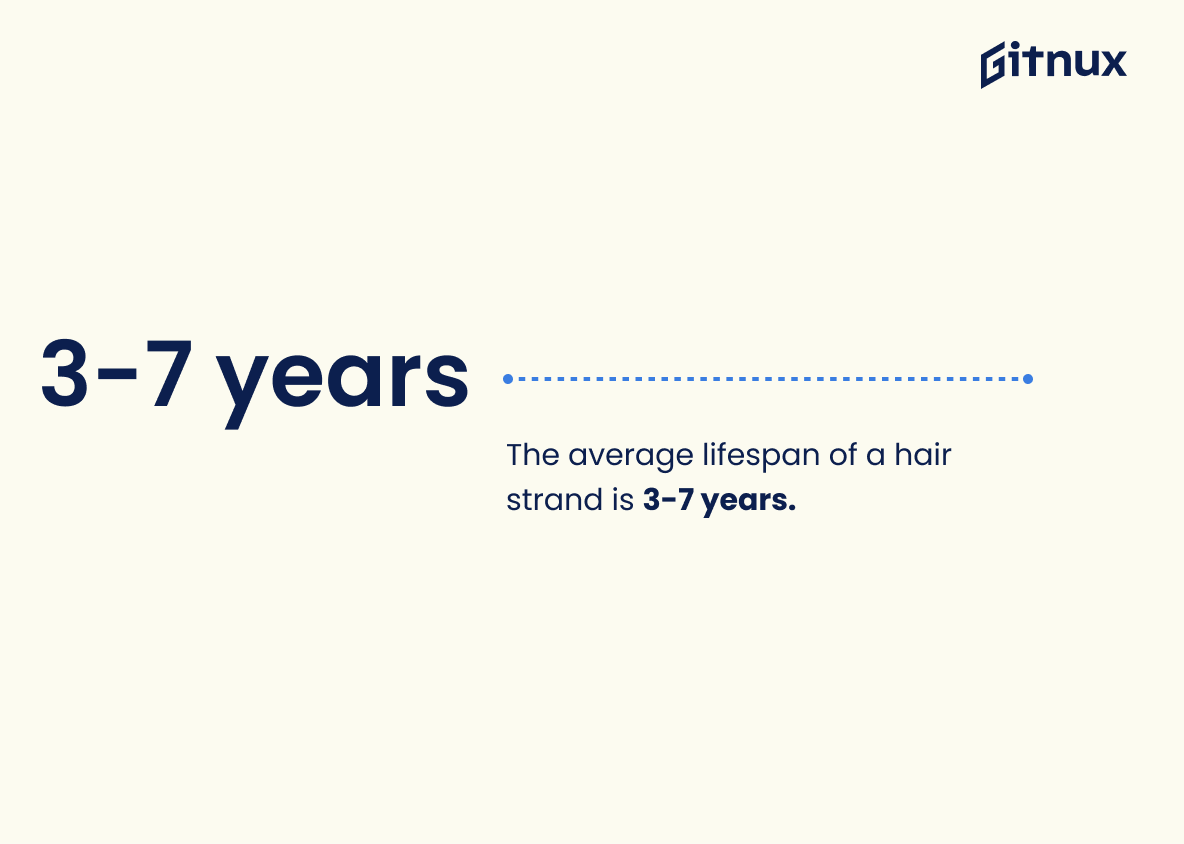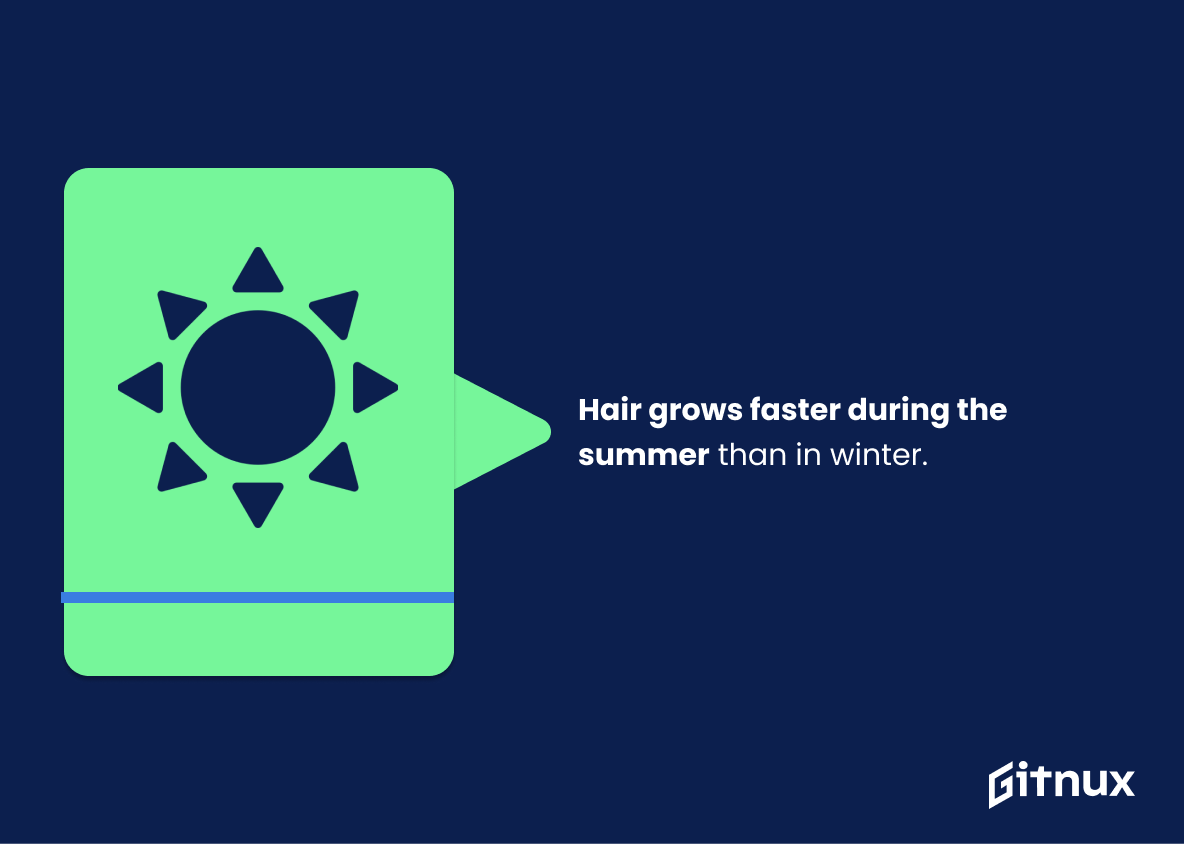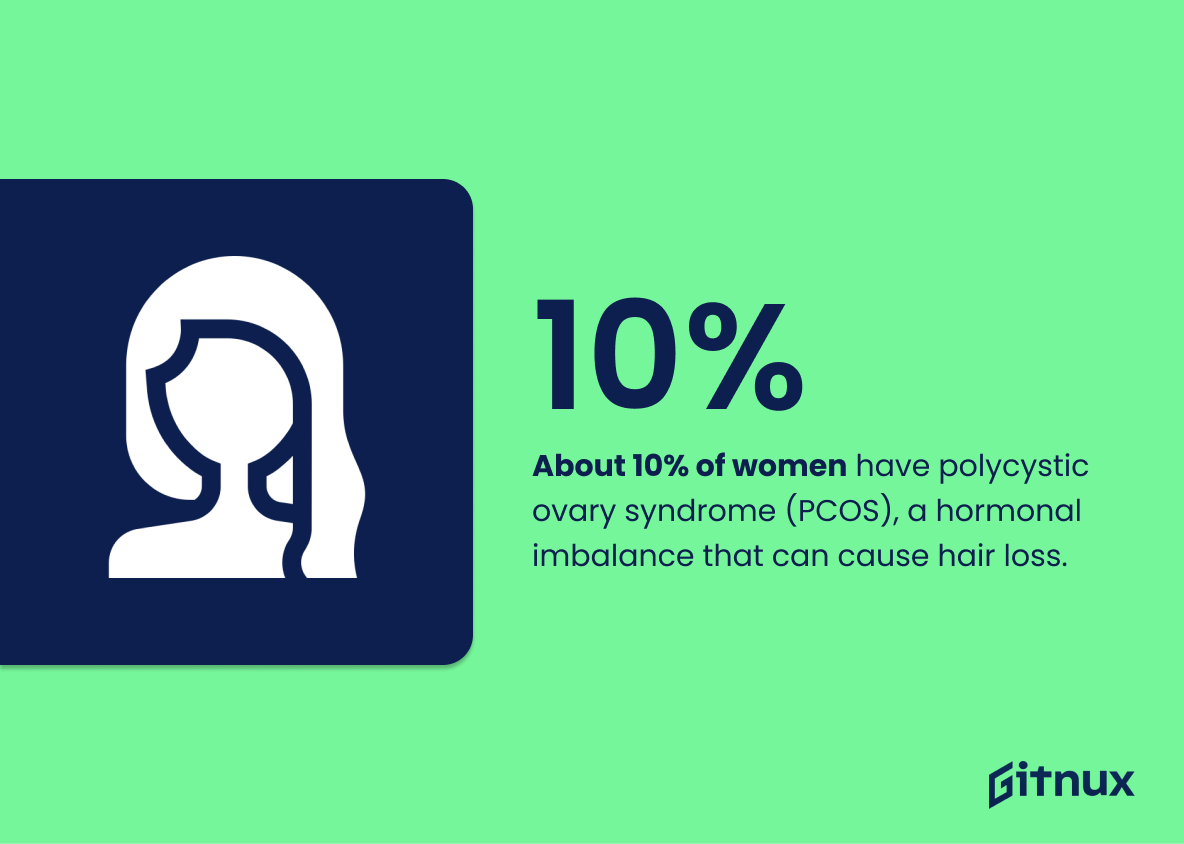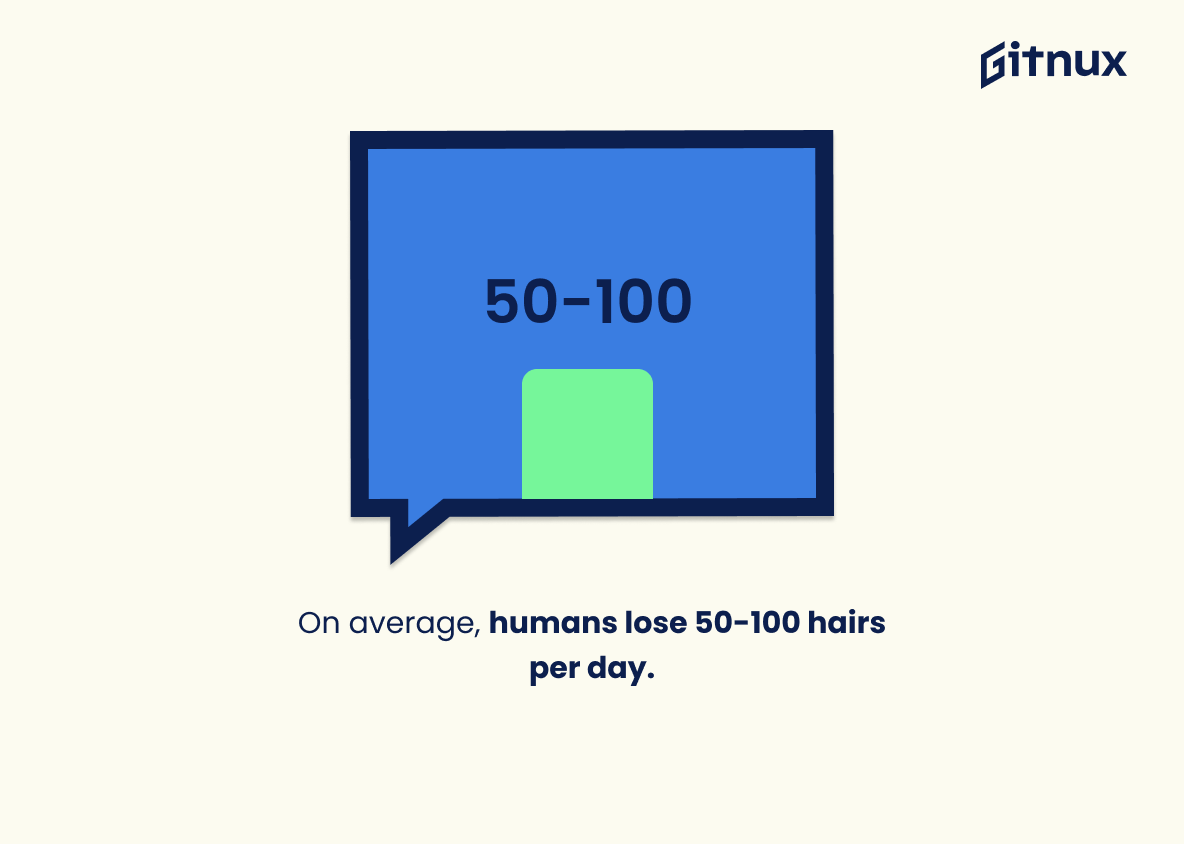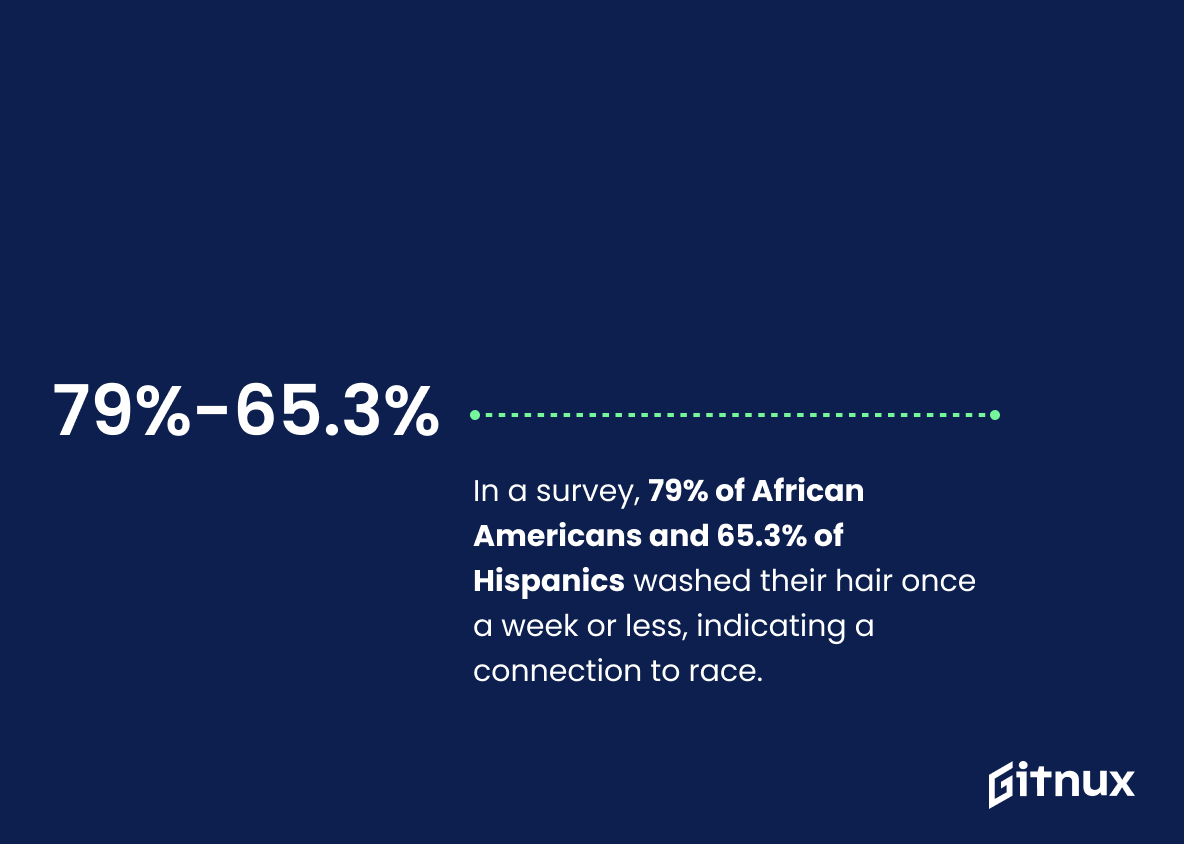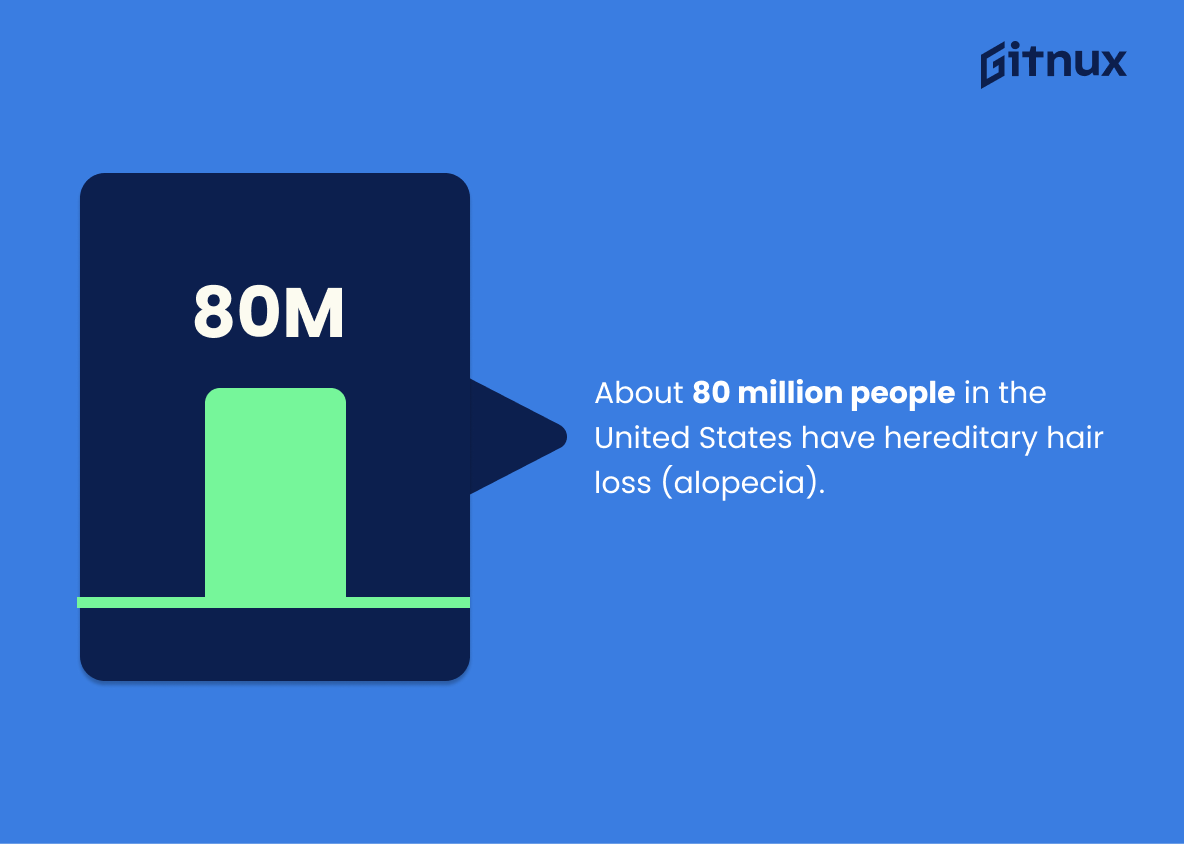Hair is an important part of our identity and appearance, but there are many facts about hair that we may not know. From the average rate of growth to how much money people spend on hair care products, this blog post will explore 20 interesting statistics related to hair. We’ll look at topics such as hereditary baldness, shampooing frequency by race, and even what elements make up human hair. So let’s dive in and learn more about these fascinating facts surrounding one of our most defining features.
This statistic is an essential piece of information for anyone looking to learn more about hair growth. It provides a baseline for understanding the rate of hair growth, which can be used to compare with other factors such as age, gender, and lifestyle. Knowing this statistic can help readers better understand the impact of their own hair care habits and how to best care for their hair.
Approximately 40% of men will have noticeable hair loss by age 35.
This statistic is a stark reminder that hair loss is a reality for many men by the time they reach their mid-thirties. It serves as a warning to those who may not be aware of the potential for hair loss, and encourages them to take proactive steps to protect their hair.
Hair Statistics Overview
Women make up approximately 40% of hair loss sufferers.
This statistic is a powerful reminder that hair loss is not just a problem that affects men; it is an issue that affects women too. It is important to recognize that hair loss is a gender-neutral issue, and that both men and women can suffer from it. This statistic serves to highlight the importance of understanding the prevalence of hair loss among both genders, and the need for more research and resources to be devoted to helping those affected.
Blondes have more hair strands, about 146,000, compared to 110,000 for brunettes and 86,000 for redheads.
This statistic is a telling indication of the differences in hair types between blondes, brunettes, and redheads. It provides a tangible example of the varying hair textures and thicknesses that can be found among the three hair colors. This information can be used to inform readers about the unique characteristics of each hair type and how to best care for them.
Human hair grows approximately 9 miles in length during a lifetime.
This statistic is a testament to the remarkable strength and resilience of human hair. It speaks to the incredible journey our hair takes over the course of our lifetime, growing an impressive 9 miles in length. This statistic is a reminder of the importance of taking care of our hair, as it is a part of us that will be with us for a lifetime.
90% of scalp hairs are in the growing phase at any given time.
This statistic is significant in the context of a blog post about Hair Statistics because it provides insight into the natural cycle of hair growth. It demonstrates that the majority of scalp hairs are in the active phase of growth, which is essential for maintaining a healthy head of hair. Furthermore, this statistic can be used to inform readers about the importance of proper hair care and the need to be mindful of the hair growth cycle.
Almost 50% of women experience postpartum hair loss.
This statistic is a stark reminder of the prevalence of postpartum hair loss among women. It serves as a reminder that this is a common issue that many women face, and that it should not be overlooked or ignored. It is important to recognize this statistic in order to raise awareness and provide support for those who are affected by postpartum hair loss.
The global hair care market was valued at 95.45 billion USD in 2020.
This statistic is a testament to the immense size of the hair care industry, highlighting the importance of hair care in the global market. It is a powerful indicator of the impact hair care has on the economy, and serves as a reminder of the importance of hair care in our lives.
African Americans spend 473.6 million USD on hair care and grooming products in 2020.
This statistic is a powerful reminder of the importance of hair care and grooming products to African Americans. It highlights the significant financial investment African Americans make in their hair care and grooming, and the impact this has on the industry. It also speaks to the cultural significance of hair care and grooming for African Americans, and the importance of having access to quality products. This statistic is a testament to the importance of hair care and grooming for African Americans, and the need for continued investment in the industry.
The average lifespan of a hair strand is 3-7 years.
This statistic is an important piece of information when it comes to understanding the life cycle of hair. Knowing the average lifespan of a hair strand can help people better plan their hair care routine and make decisions about how often they should be trimming their hair. It can also help people understand why their hair may be thinning or growing at different rates. Knowing the average lifespan of a hair strand can help people better understand the health of their hair and make informed decisions about how to care for it.
Hair grows faster during the summer than in winter.
This statistic is important to consider when discussing hair statistics because it highlights the seasonal differences in hair growth. Knowing that hair grows faster in the summer than in winter can help people plan their haircare routines accordingly. For example, if someone wants to grow their hair out, they may want to start the process in the summer to take advantage of the increased growth rate. Conversely, if someone wants to keep their hair short, they may want to get regular trims during the summer to keep their hair from growing too long.
Hair grows faster between the ages of 16 and 24.
This statistic is particularly pertinent to blog posts about Hair Statistics, as it provides insight into the period of life when hair growth is at its peak. Knowing this information can help readers understand the importance of taking care of their hair during this time, as well as the potential for hair growth during this period.
About 10% of women have polycystic ovary syndrome (PCOS), a hormonal imbalance that can cause hair loss.
This statistic is a powerful reminder of the prevalence of PCOS, a condition that can have a significant impact on hair health. It highlights the importance of understanding the underlying causes of hair loss, and the need for women to be aware of the potential risks associated with PCOS.
On average, humans lose 50-100 hairs per day.
This statistic is an important reminder that hair loss is a natural part of life. It serves as a reminder that it is normal to lose some hair each day, and that it is nothing to be alarmed about. It also serves as a baseline for understanding the amount of hair loss that is considered normal, and can help people to identify when they may be losing more hair than usual.
In a survey, washing frequency was linked to race, with 79% of African Americans and 65.3% of Hispanics reporting that they shampoo their hair once per week or less.
This statistic is significant in the context of a blog post about Hair Statistics because it highlights the disparities between different racial groups in terms of hair care practices. It suggests that African Americans and Hispanics may be more likely to practice less frequent hair washing than other racial groups, which could have implications for hair health and overall well-being.
About 80 million people in the United States have hereditary hair loss (alopecia).
This statistic is a stark reminder of the prevalence of hereditary hair loss in the United States. It serves as a reminder that this is a problem that affects millions of people, and that it is important to be aware of the potential risks and treatments available.
Hair follicle drug tests can detect drug use up to 90 days prior to testing.
This statistic is of utmost importance when it comes to Hair Statistics, as it provides insight into the efficacy of hair follicle drug tests. With the ability to detect drug use up to 90 days prior to testing, hair follicle drug tests are a reliable and effective way to detect drug use in individuals. This statistic is a testament to the power of hair follicle drug tests and their ability to provide accurate results.
Conclusion
From the statistics presented, it is clear that hair plays an important role in our lives. It can affect how we look and feel about ourselves, as well as influence our overall health. Hair loss affects millions of people around the world and there are many factors that contribute to this condition such as genetics, hormones, age or stress levels. Additionally, different ethnicities have varying habits when it comes to caring for their hair which has a direct impact on its growth rate and quality over time. Finally, understanding what makes up human hair can help us better understand why certain treatments work better than others when trying to maintain healthy locks.
References
0. – https://www.aad.org
1. – https://www.ncbi.nlm.nih.gov
2. – https://www.womenshealth.gov
3. – https://www.statista.com
4. – https://www.parents.com
5. – https://www.healthline.com
6. – https://www.medicalnewstoday.com
7. – https://www.verywellmind.com
8. – https://www.scienceabc.com
9. – https://www.huffpost.com
10. – https://www.cosmopolitan.com
11. – https://www.americanhairloss.org
12. – https://www.byrdie.com




